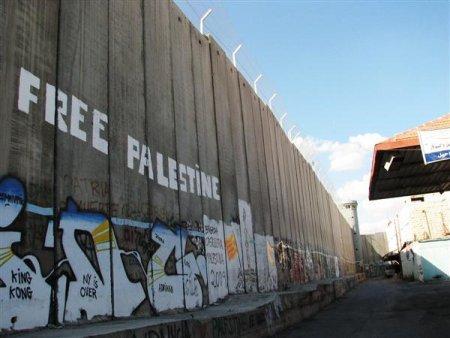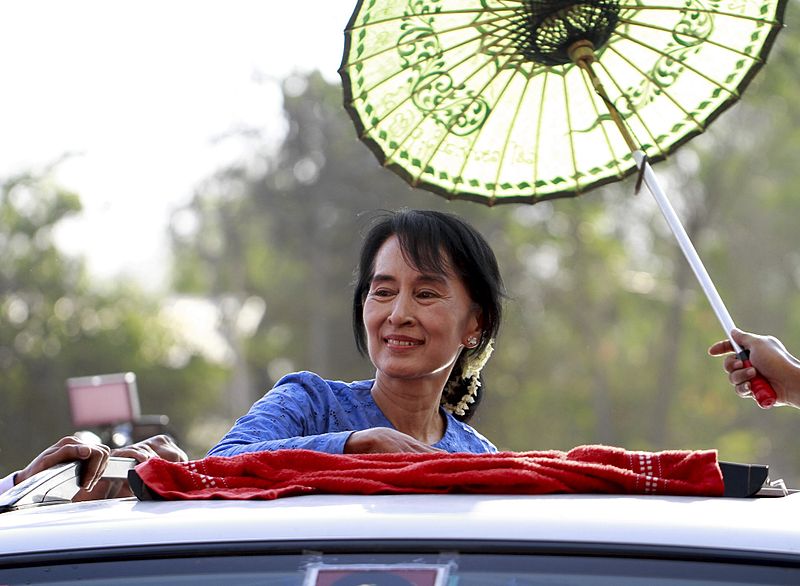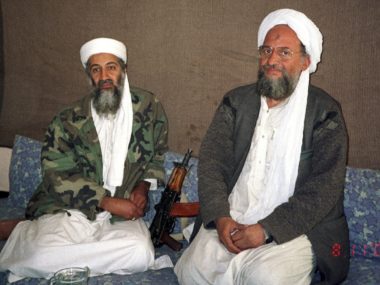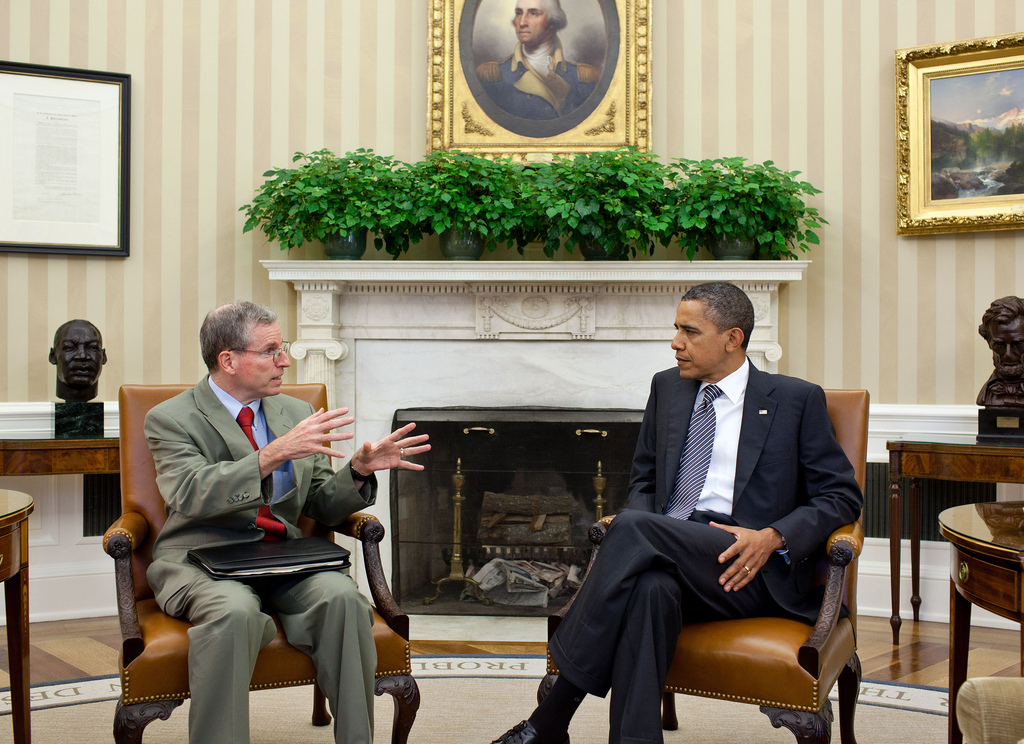Guest post by Gary M. English
Following Jeremy Pressman’s excellent post about changes within the political landscape of Israel/Palestine during the recent violence, one might invert the equation he offers to suggest a complementary if not alternate analysis. While the violence between Hamas and Israel is most prominent in Pressman’s questions and most of western journalism, preceding events in Sheikh Jarrah and the Haram al-Sharif were sufficiently violent and threatening against Palestinian homeowners and protestors to make unified resistance, and perhaps the ensuing violence, inevitable.
As Pressman suggests, Hamas, and partners Islamic Jihad and the Popular Front, collectively known as Al Ghorfa al-Moshtaraka or “the joint operations room” of resistance, may reap political benefits from the latest exchange—not because they are popular as an Islamist movement—but because their political competitor, Fatah is “nowhere to be found.” Any political gains achieved, in other words, will only be due to the perception that they are the only actors coming to the defense of Palestinians—anywhere.
The explanation for this unexpected unity between fragmented communities of Palestinians is largely cultural and based primarily on the deeply seeded existential fear embedded in the Palestinian consciousness: the dispossession of home.
The unusual level of unity between Palestinians that appeared across the West Bank and in Israel initiated directly from evictions in East Jerusalem caused by an emboldened settler movement that in political terms is out of control. Both “conflict” and even “occupation” are tricky terms now largely rejected by the Palestinian intelligentsia and their supporters. Historians such as Ilan Pappe, and artists and other scholars including Tariq Ali, Tariq Dana, and Ali Jarbawi point to settler-colonialism, in various forms and at various times, as the root cause of historical and current violence.
Fear of dispossession looms large in the psyche of large numbers of Palestinians inhabiting Israeli towns and cities. Well-known actors and artists in Haifa including writer Khulud Khamis reported fear and isolation as armed Israeli settlers moved through the streets of Palestinian neighborhoods: “I have never witnessed anything like this happening in my beloved city. For two nights in a row, some 200 Jewish settler extremists, calling themselves ‘The Citizens’ Army,’ stormed Haifa Palestinian neighborhoods. They are armed with bats and other weapons, many of them with military training backgrounds, and are highly organized. In the afternoon, small groups were seen entering buildings and marking doors of Palestinian families with a red marker. They vandalized dozens of cars, attacked Palestinians in the streets, and attempted to break into the homes of Palestinians.” Other well-known artists sometimes cynical about Palestinian unity including Mirna Sakhleh in Bethlehem, evoked excitement that Palestinians are uniting in defense of Palestinian neighborhoods and pointed to activists Muna and Muhammad al-Kurd, who used social media to unite Palestinians across the region.
Palestinian artists in Israel often enjoy the support of progressive Jewish Israelis who are at times more supportive of their creative work than their own communities. This creates a complex relationship between Palestinian artists and intellectuals as citizens of Israel, and their counterparts in the West Bank who normally support the boycott, divestment, and sanctions movement. Up until now, Palestinian citizens of Israel have sometimes been less connected to political activity. Recent actions and statements taken by artists in Israel is an important marker of a more universal Palestinian unity that needs to be more carefully noted by analysts.
As to the fear of dispossession, the encroachment of Israeli settlers and state-sponsored projects continues unabated. One only need look at the recent viral video exchange between a Palestinian woman and a Jewish settler. Another less known example is the extension of the border by Israel two miles further into the Battir valley in 2018 that has now completely cut off the village of al-Walaja from their water supply. The springs that provided water to al-Walaja for centuries are now re-purposed as an Israeli national park.
The fear of forced displacement has now infected the consciousness of Palestinians throughout the region. If Sheikh Jarrah can be emptied and Walaja completely cut-off, why not Beit Jala? If Beit Jala, why not Bethlehem; why not Lod, Ramla? Why not Haifa? Historian Ilan Pappe anticipates and explains this anxiety in his 2011 book, The Forgotten Palestinians where he documents the treatment of Palestinians within Israel—and also reveals the antipathy state officials demonstrate toward them as unwanted threats to be removed.
Fear of dispossession has now forced its way into the Palestinian national psychology throughout the region—both in the villages of the West Bank and Jericho Valley and in urban areas who have up until now felt relatively more secure. The immediate and material threat of losing one’s home and the intense anxiety invoked by events in Sheikh Jarrah, Silwan, and the violence in Haifa may forge a fresh, possibly more sustainable sense of Palestinian national unity. Continued evictions and arrests of protestors and activists may well set the table for increased resistance and violent response in the weeks ahead.
Gary M. English is Distinguished Professor of Drama and affiliate faculty member of the Human Rights Institute at the University of Connecticut. He studies the relationship between performance and political movements in Palestine and Israel and recently published the volume: “Stories Under Occupation and Other Plays from Palestine” with co-editor Samer Al-Saber.






